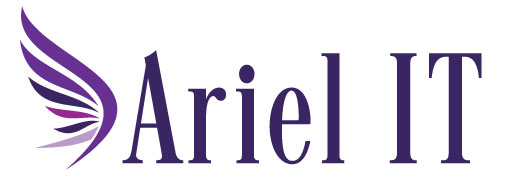Why didn’t I know that?
Recently I was in a conversation with a friend and somehow we got on the topic of computers. I mentioned that Windows 7 wasn’t going to be supported any longer and she said “Really? Why didn’t I know that?”.
As a company we have been working with our customers to prepare for the inevitable end of support for some key Microsoft Operating Systems but I’m realizing that the date is coming up fast and not everyone knows what that means or how/if it will impact them. So, here’s the scoop:
Every Microsoft product falls under the “Microsoft Lifecycle Policy – Consistent and predictable guidelines for the availability of support throughout the life of a product.” The Microsoft policy is here if you’re really interested. Or the Quick Fact sheet is a helpful summary.
Extended Support
Several products, including Windows 7 (Service Pack 1), are in “Extended Support” right now which means that Microsoft still provides bug fixes and patches as problems (such as vulnerabilities) are discovered. For several products like Windows 7 this “Extended Support” ends January 14, 2020. This doesn’t mean Windows 7 will stop working or anything like that. It just means that any vulnerabilities discovered will no longer be fixed. This is a BIG DEAL! Honestly, if I were a hacker that discovered a vulnerability in the last year wouldn’t you wait until the manufacturer says they’re no longer going to fix it? I’m guessing here but I’m thinking there are some exploits out there we don’t’ know about yet. The risk is that if you continue to use Windows 7 and you accidentally stumble upon Malware that takes advantage of an unfixed exploit in the Operating System a hacker may be able to control your system. Once they can do that then almost anything can happen.
What other products are coming up in 2020?
Following is a list of common products reach End of Support on January 14, 2020. For a complete list click here
- January 14, 2020
- Windows 7 – All versions
- Windows Server 2008 and 2008 R2
- Hyper-V Server 2008 and 2008 R2
- Dynamics 2015 (C5 2015, CRM 2015, SL 2015, NAV 2015)
- October 13, 2020
- Office 2010 Products (Office Suite, Visio, Project)
- Office for Mac 2016 (Word, Excel, PowerPoint, Outlook)
- Exchange Server 2016
- SharePoint Serve 2010
What do I need to do?
If you’re one of our customers reach out to us as soon as possible if we’re not already in touch. If you’re IT Provider hasn’t reached out to you already, call and find out their plan! If you don’t have an IT Provider or looking for someone new to help, give us a call!
If you handle your own IT here are a few things to get you going in the right direction for Windows 7. Remember, these are advanced skills and knowing how to backup and recover your computer is critical!:
- If your computer is over 3-5 years old consider a replacement to upgrade to Windows 10. Be sure to get a Solid State Drive (SSD) in your new computer as it will give you more time than you ever thought a disk drive could!
- Newer computers MAY upgrade to Windows 10 for free. We’ve had a lot of success just downloading Windows 10 and doing an in-place upgrade. Before you do this, however, be sure you have an Image Backup of your computer. Upgrades sometimes don’t go well and you have to know how to get back to where you were if things go wrong!
- Read the Tech Tip in the Newsletter to see if you’re computer is compatible!
If you have file servers that are coming up on End of Support reach out to your IT Provider soon so that they can upgraded.
